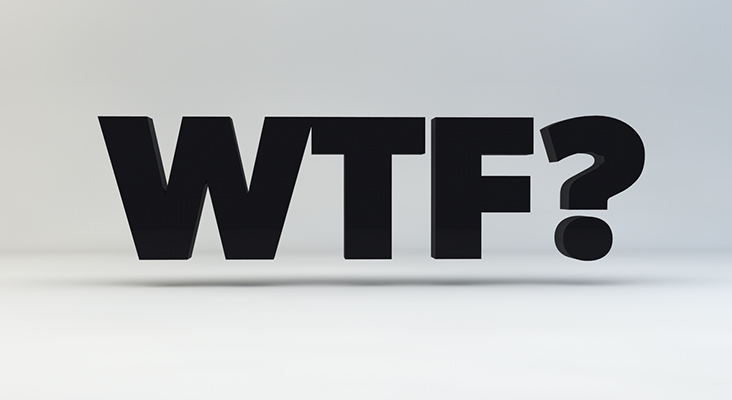Connect with execs from The New York Times, TIME, Dotdash Meredith and many more

This article is a WTF explainer, in which we break down media and marketing’s most confusing terms. More from the series →
Download Digiday’s complete WTF Programmatic guide, including 11 explainers detailing the ins and outs of programmatic advertising.
Viewability has the potential to change the way online advertising is transacted, but there’s still confusion around what it actually is. Here’s a primer, in plain English:
So I keep hearing about viewable impressions and “viewability.” WTF is going on?
Viewability is an online advertising metric that aims to track only impressions that can actually be seen by users. For example, if an ad is loaded at the bottom of a webpage but a user doesn’t scroll down far enough to see it, that impression would not be deemed viewable. Viewability is designed to let advertisers pay only for the ads that users could possibly see.
That’s totally reasonable. Is this seriously an issue?
Actually, it is. Depending on whom you believe — and everyone has a dog in this fight — up to 54 percent of ads aren’t viewable.
Holy cow. So over half my online budget is being wasted?
That depends who you ask. According to the IAB, marketers are becoming increasingly frustrated that they’re paying for ad impressions nobody ever sees. The trade body wants the entire industry to shift from an impressions-served standard to an impressions-viewed standard, which it says will help eliminate wasted ad dollars. Some major ad networks have already begun to offer their customers the ability to pay only when their ads become viewable, including Google, Undertone and others. But according to some ad execs, non-viewable ad impressions are already priced into the cost of display inventory. Switching to viewable impressions will simply inflate media costs, they say, so the net cost will be the same for advertisers anyway. Google itself told Digiday it expects viewable impressions across its network to sell for more than non-viewable ones.
Wait a minute. Is this another way for buyers to put pressure on sellers?
In a word: yes.
Is there a set standard for what constitutes a viewable ad?
The main problem with switching to a viewability standard is that there’s still a lack of consistency around what a “viewable impression” actually is and what technology could measure its viewability. The IAB defines a “viewable” impression as one that’s at least 50 percent visible for at least one second, but vendors offering viewability solutions use various different methods and technologies to establish whether impressions meet those criteria or not. As a result, the Media Ratings Council advises that it’s still too early to transact on viewable impressions until these discrepancies are understood and accounted for.
So what will a shift to viewability mean for marketers, if and when it happens?
It’s hard to predict the impact it will have on the market, but in theory,the performance of marketers’ display ad campaigns should increase, since they will only pay for impressions being served to real people. The cost of those impressions might increase as a result, however, as noted above.
And publishers get screwed.
Some publishers are worried a shift to viewability will have a negative impact on their ad revenues, since they will probably be left with fewer impressions to sell. If their impression supply is cut in half, they need to be able to charge twice as much for inventory to maintain their revenue, and there’s no guarantee that will happen. From a design perspective, viewability will probably force publishers to move more of their ad units higher up the page, which could have a detrimental effect on user experience in the process.
It all sounds very uncertain.
It is. Nobody quite knows what effect viewability will have on the market. It represents a significant shift in the way online media is sold and also has implications for cookie tracking and attribution. Nobody can be quite sure how viewability will impact the wider online ad market until it becomes commonplace.
Wow, what if newspapers and magazines had to live up to those standards?
Carnage.
More in Media

Three publishers’ workforce diversity reports show DEI efforts remain sluggish
Overall, staff diversity at The New York Times, Hearst and Condé Nast has either marginally improved or stalled in 2024, according to their annual workforce diversity data this year.

Retail media meets publishing: News UK, Future and Ocado tap clean room tech for smarter data targeting
News UK, The Independent, Immediate Media and Future are teaming up with retail media network Ocado to test clean room-powered data matching.

From sidelines to spotlight: Esports events are putting creators center stage
Esports events’ embrace of content creators reflects advertisers’ changing priorities across both gaming and the wider culture. In the past, marketers viewed esports as one of the best ways to reach gamers. In 2025, brands are instead prioritizing creators in their outreach to audiences across demographics and interest areas, including gaming.





